May 2023
May 21, 2023
Bad perm caused loss of psychic powers
Oct 1950: Jacqueline Sisson sued her hairdresser for $20,000, alleging that scalp burns she suffered while getting a permanent wave caused her to lose the psychic powers she relied upon for her stage act. Specifically, she had lost the ability to know what musical tunes audience members were thinking of.As is typical of stories like this, the media never ran a follow-up to report the outcome of her lawsuit.

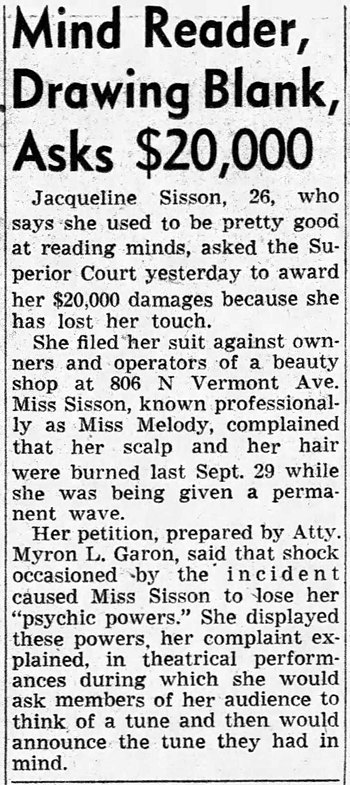
Los Angeles Times - Oct 12, 1950
Posted By: Alex - Sun May 21, 2023 -
Comments (0)
Category: Paranormal, Predictions, Lawsuits, 1950s
Unreal News Reel No. 2
A relentless compilation of silliness.
Posted By: Paul - Sun May 21, 2023 -
Comments (1)
Category: Humor, Movies, 1920s
May 20, 2023
Bumper Bottle Opener
William Cowan didn't invent the bottle opener, but he did invent, and patent, a method for attaching a bottle opener to a car's bumper (Patent No. 2,674,141).I can see the potential use for camping or tailgate parties. But it still seems odd that this was patentable. After all, could one get a new patent for every different object a bottle opener could potentially be attached to?

Posted By: Alex - Sat May 20, 2023 -
Comments (1)
Category: Patents, 1950s, Cars
The Third Man Theme
Semaphore and calisthenics as dance moves.
Posted By: Paul - Sat May 20, 2023 -
Comments (1)
Category: Music, 1960s, Dance, Graphics
May 19, 2023
Chloroform Cologne
Advertised in The Queen magazine, 1901. Apparently Queen Victoria was a fan of chloroform vapors.
Posted By: Alex - Fri May 19, 2023 -
Comments (3)
Category: Nineteenth Century, Perfume and Cologne and Other Scents
A Comic That Scared the Senate
The infamous Senate Hearings on horror comics in the 1950s are well known. And in fact, you can read the whole 316-page transcript here.I thought it might be fun to see one of the actual stories that triggered the politicians. It follows after the next two images.

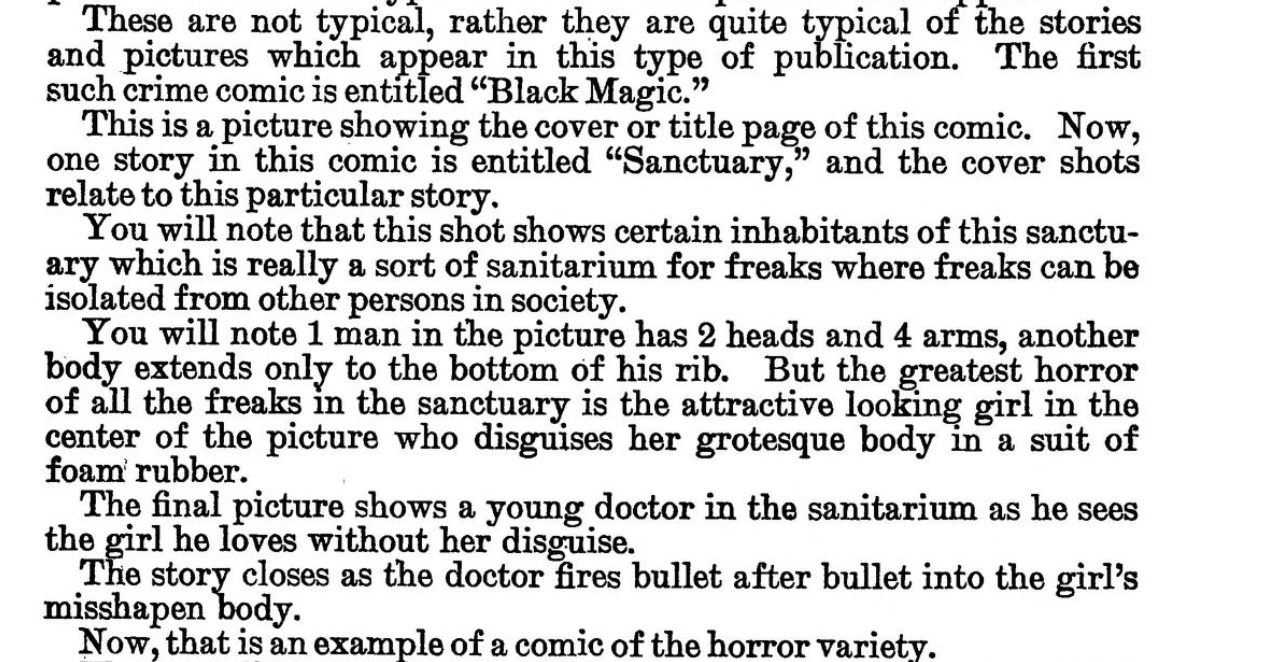
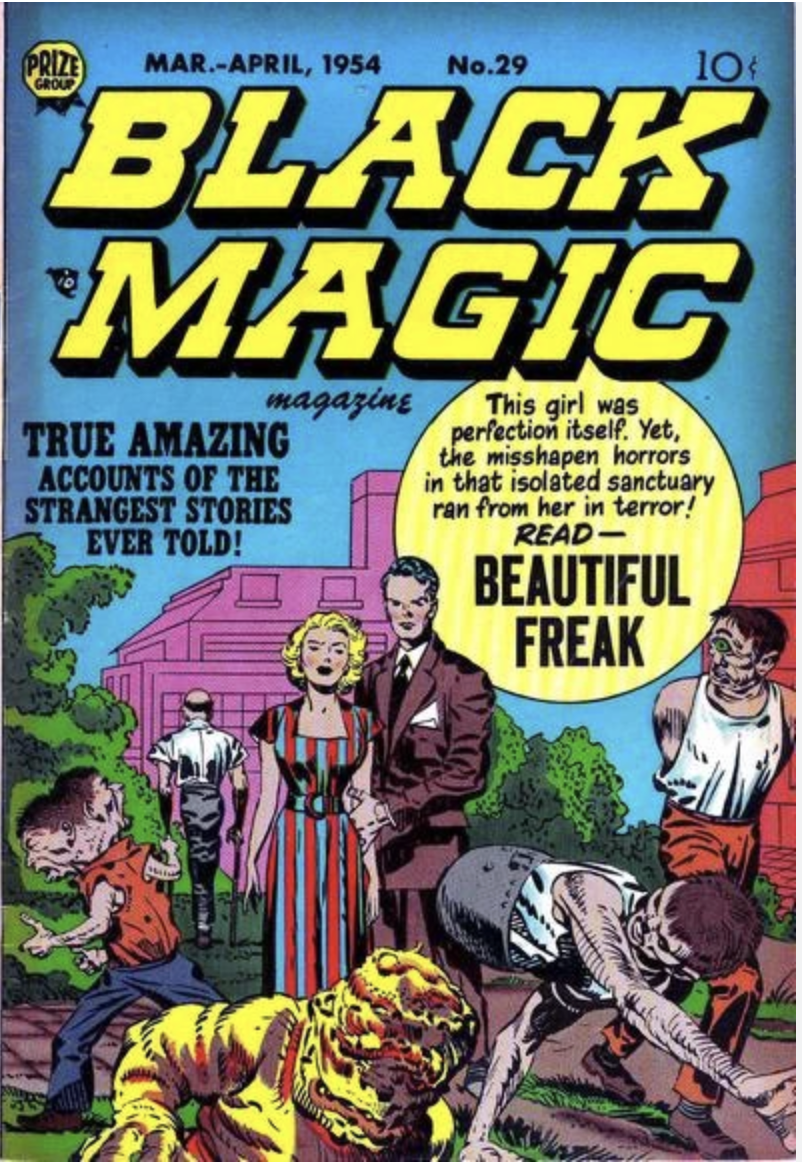
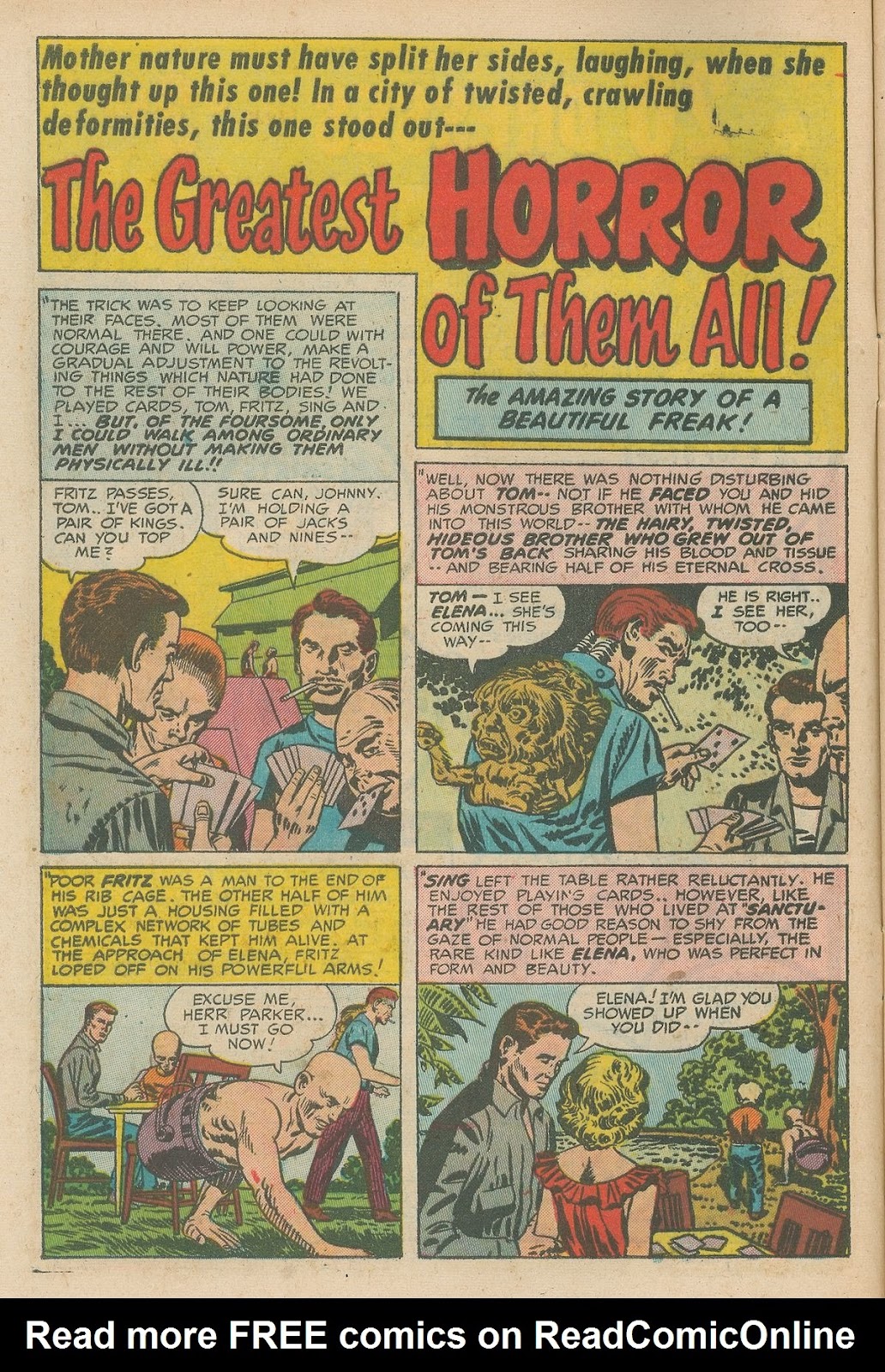
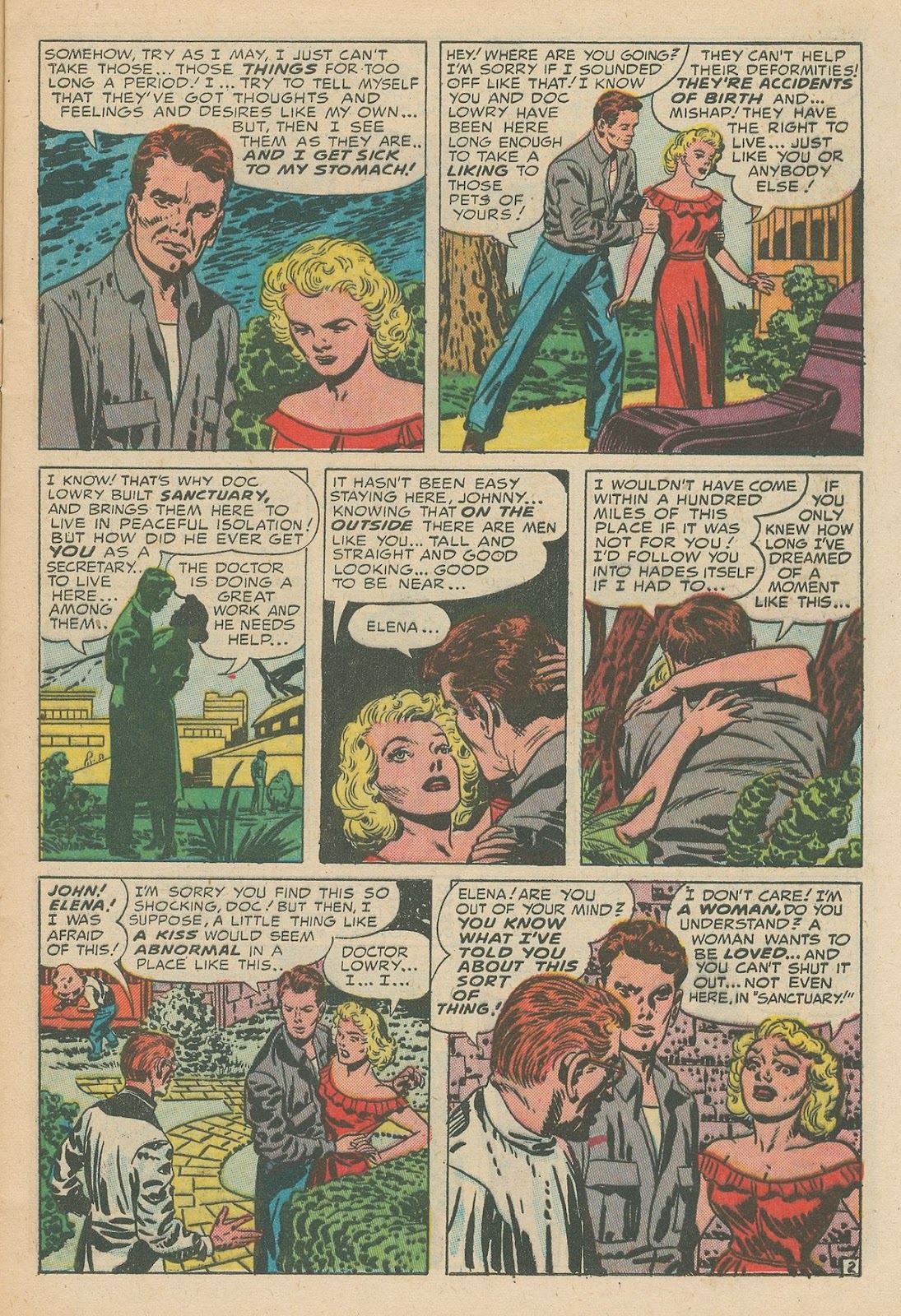
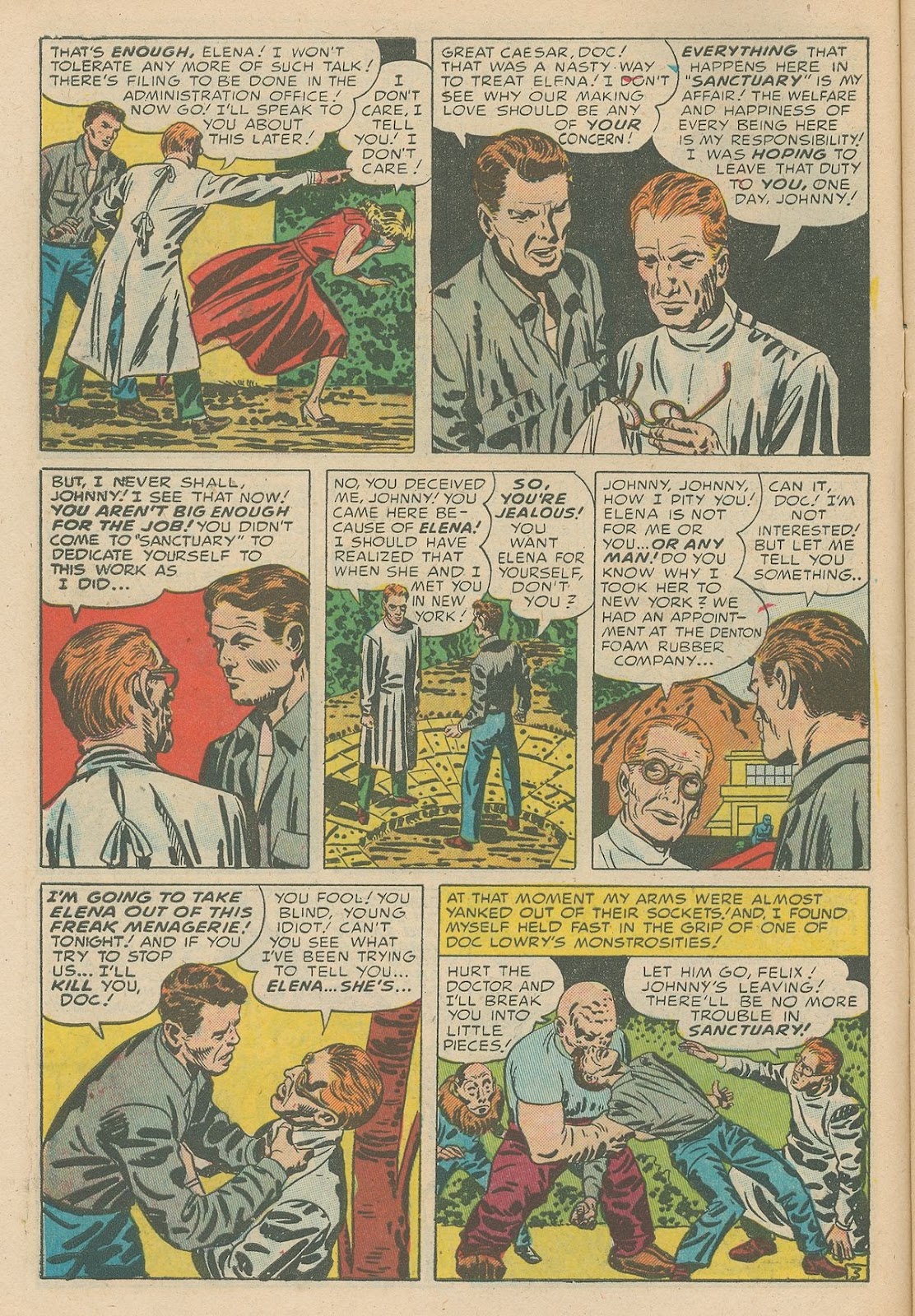
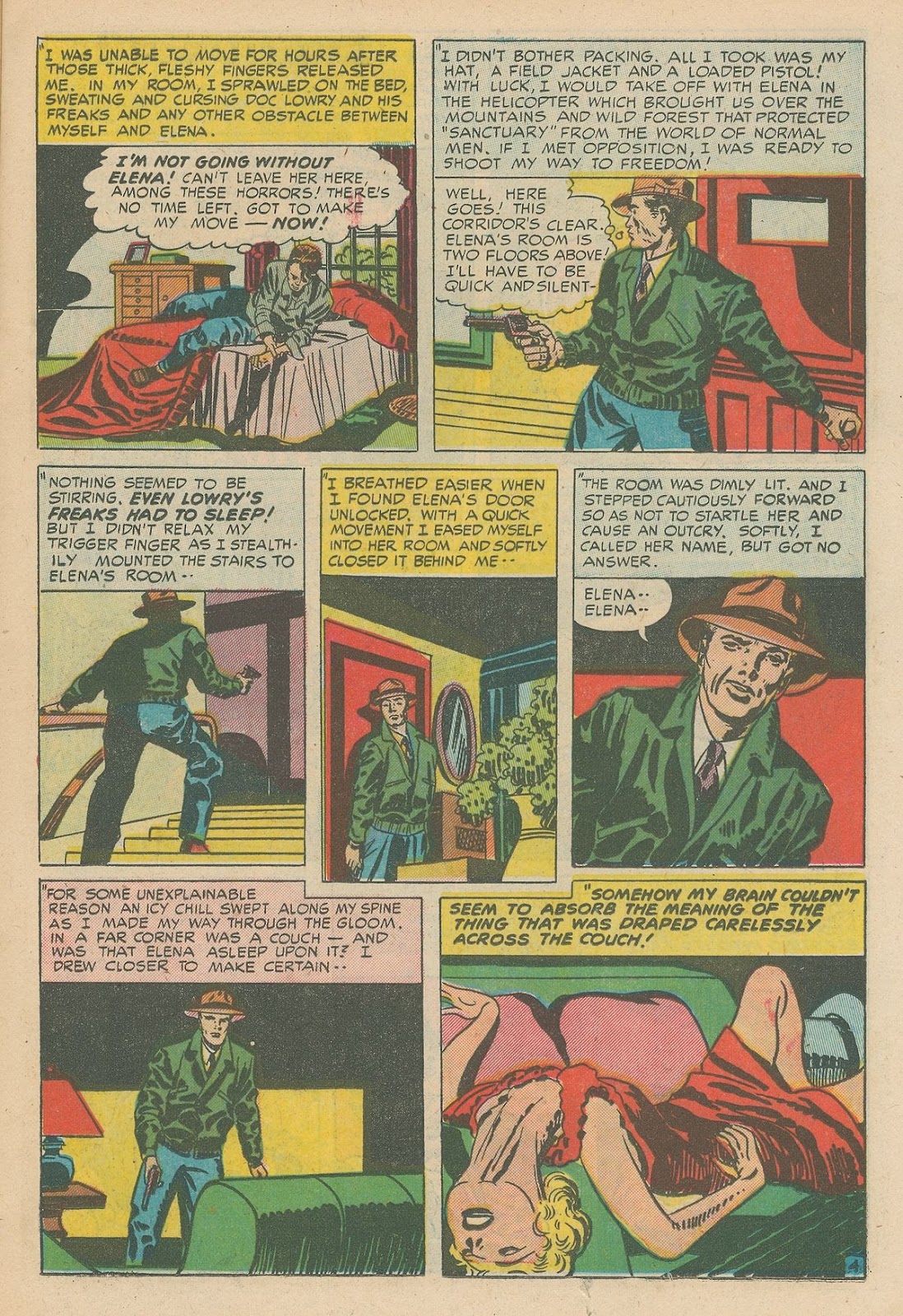
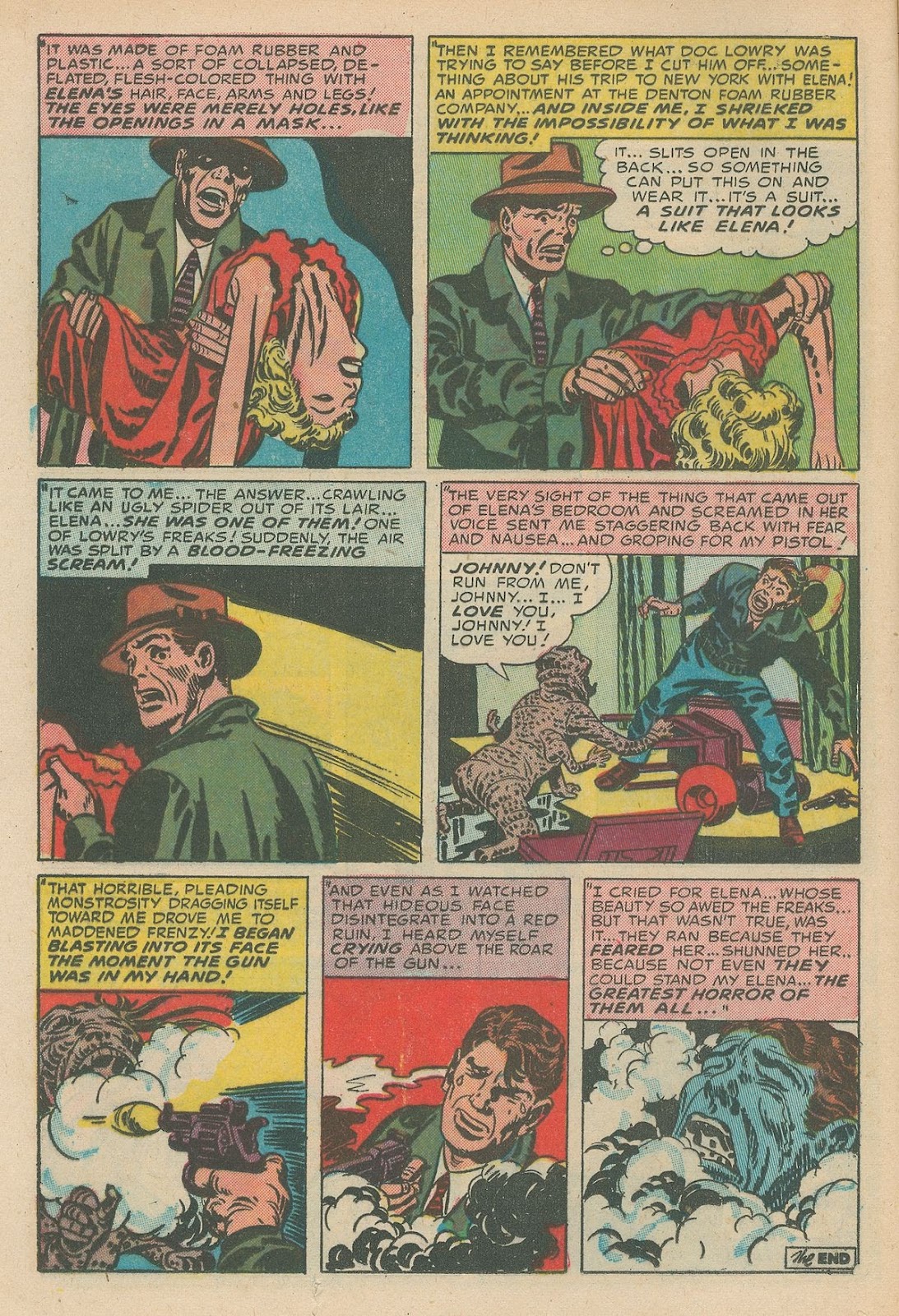
Posted By: Paul - Fri May 19, 2023 -
Comments (2)
Category: Horror, Politics, Scandals and Controversies, Comics, Children, 1950s
May 18, 2023
Food Bombs
I imagine this would have been the most expensive way possible to deliver humanitarian supplies. Though also the fastest.
Modesto Bee - May 30, 1992

Weekly World News - July 7, 1992
Posted By: Alex - Thu May 18, 2023 -
Comments (5)
Category: Food, 1990s, Weapons
Fried Marbles


The singer's Wikipedia page.
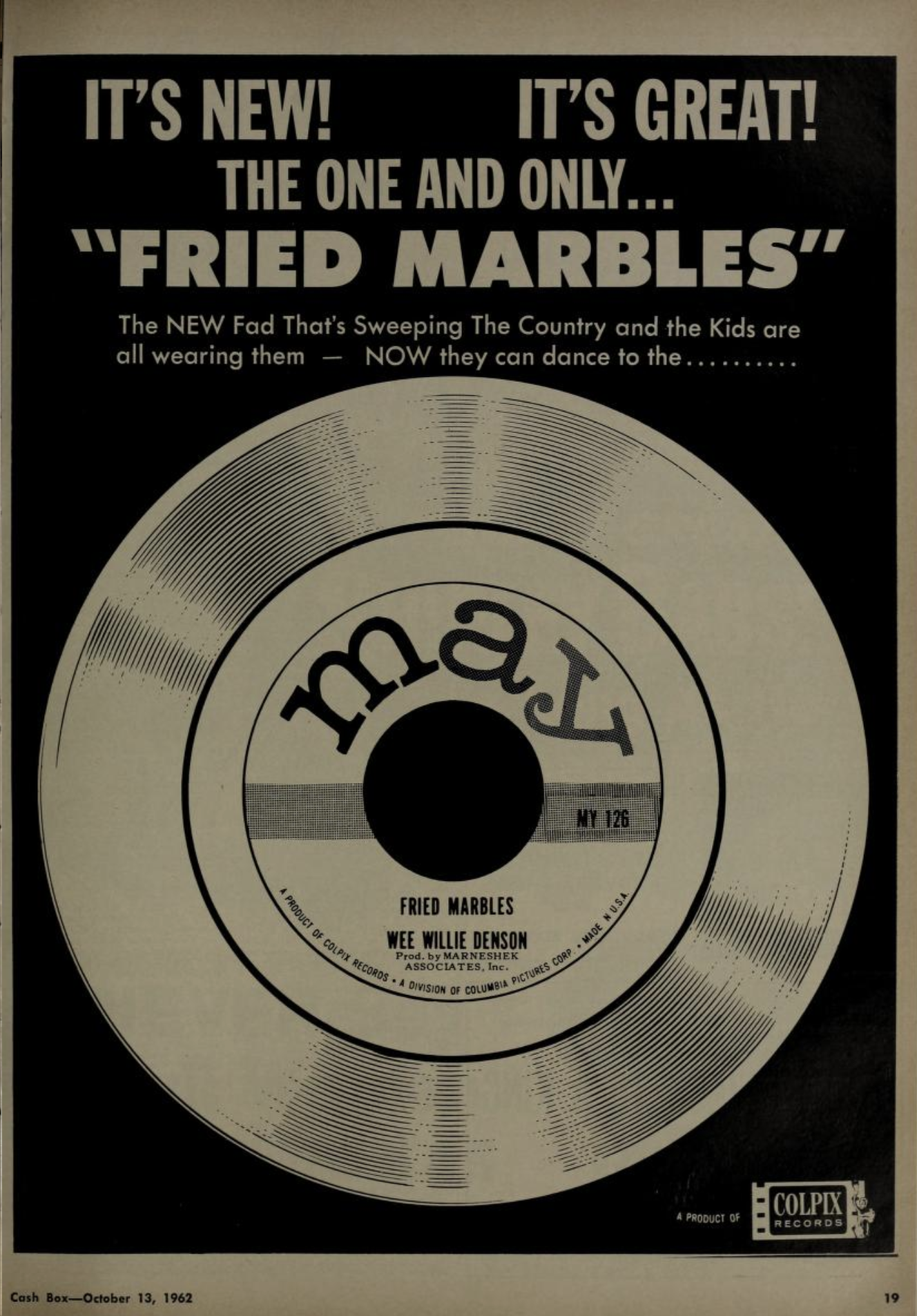
Posted By: Paul - Thu May 18, 2023 -
Comments (3)
Category: Fads, Games, Jewelry, Music, 1960s
May 17, 2023
The Influence of Sewing Machines on the Health and Morality of Workwomen
Nineteenth-century doctors worried that because sewing machines "produced such an excessive excitement of the sexual organs" they might have an immoral effect upon working women. Text from The Boston Medical and Surgical Journal (Aug 23, 1866):A young woman, whom he had known as the very picture of vigorous health, presented herself at his office in such a condition of emaciation, and with such a change of countenance, that he was greatly shocked at her appearance. The explanation which she gave was as follows.
For seven months, from morning till night, she had worked at a sewing machine, known as the "American machine." The constant motion of the lower extremities in propelling it had produced such an excessive excitement of the sexual organs that she was often compelled to suspend her work; and to the frequency of this effect and the fatigue resulting from it, she attributed the leucorrhoea and attendant loss of flesh and strength from which she was suffering.
The effect seemed to be naturally enough explained by the cause alleged, especially as in some of the machines at which she had worked the pedals were depressed alternately with one food and the other. This case, so serious in its nature, was regarded by M. Guibout as probably the result of a peculiar susceptibility on the part of the patient, and so very exceptional at the time as only worthy of record as a curiosity. But during the past year, he goes on to say, he found in the hospital Saint-Louis, three similar cases; and during the present year he had already found five in the same hospital.
He also adds that within a month "two females, entirely unknown to each other, and working in different shops, called upon him on the same day, to consult him for similar symptoms. The first of these, a blonde, in the most vigorous health when she began to work at the machine, in seven or eight months has become enfeebled, her embonpoint was gone, her general health had declined, and she had become the subject of a profuse leucorrhoea, which was daily increasing.
She said also that many of the girls in the same establishment were affected in the same way, by the same cause, "the continual movement of the lower limbs, the jar and the swaying of the body." She denied, however, that she had been troubled by the special symptoms mentioned by the first patient, but said that many of her companions had been. Many of them had been so annoyed as to be obliged frequently to suspend their work and leave the shop for the purpose of bathing with cold water.
The second of these two patients was a brunette, of entirely different temperament from the other. She had been obliged to give up her place after working at the machine for a year, on account of the same symptoms. To the inquiry as to any local excitement produced by it, she answered in the affirmative. To translate her own words: "Among 500 women who worked with me, there were at least 200 who, to my knowledge, suffered as I did; so that the operatives were constantly changing, none of them being able to stay long. It is a constant going and coming of women, who enter strong and well, and who go out weak and emaciated."
M. Guibout went on to recite other instances equally serious, but it is not necessary to quote them. The subject is one of very grave moment and worthy of the consideration of every physician. In the discussion which followed the reading of his paper, some of the members of the Society were disposed to question the frequency of the peculiar symptoms which he reported. He, however, maintained his position, urging that it was very difficult to get a confession from many of the victims of the machine, so that when directly interrogated, a negative response should not always be received as the truth. The large number of cases which had come under his own observation had led him to lay this painful subject before the Society.
I asked Microsoft's AI image creator to produce an image based on the article's title, and this is what it came up with:

Posted By: Alex - Wed May 17, 2023 -
Comments (6)
Category: Health, Medicine, Nineteenth Century
Linoleumville
The Wikipedia page gives the history of the name:In 1873, the American Linoleum Company acquired 300 acres in the area to build the nation's first linoleum factory. The inventor of Linoleum, Frederick Walton, spent two years in Travis setting up the factory.[3] Many skilled English immigrants arrived to work in the factory in its early days, and the area being was named Linoleumville. By the early 20th century, 700 workers were employed, comprising half the local population. Many of these were Polish immigrants, and Linoleumville had become a Polish enclave.[4][5] The plant closed in 1931 and residents overwhelmingly chose to rename the community Travis.[1]
The name change vote prompted journalistic joshing at the time. But the second piece--by the later-famous historian Bruce Catton--stuck up for the name.




Posted By: Paul - Wed May 17, 2023 -
Comments (2)
Category: Odd Names, Regionalism, 1930s
| Get WU Posts by Email | |
|---|---|

| Who We Are |
|---|
| Alex Boese Alex is the creator and curator of the Museum of Hoaxes. He's also the author of various weird, non-fiction books such as Elephants on Acid. Paul Di Filippo Paul has been paid to put weird ideas into fictional form for over thirty years, in his career as a noted science fiction writer. He has recently begun blogging on many curious topics with three fellow writers at The Inferior 4+1. Chuck Shepherd Chuck is the purveyor of News of the Weird, the syndicated column which for decades has set the gold-standard for reporting on oddities and the bizarre. Our banner was drawn by the legendary underground cartoonist Rick Altergott. Contact Us |

